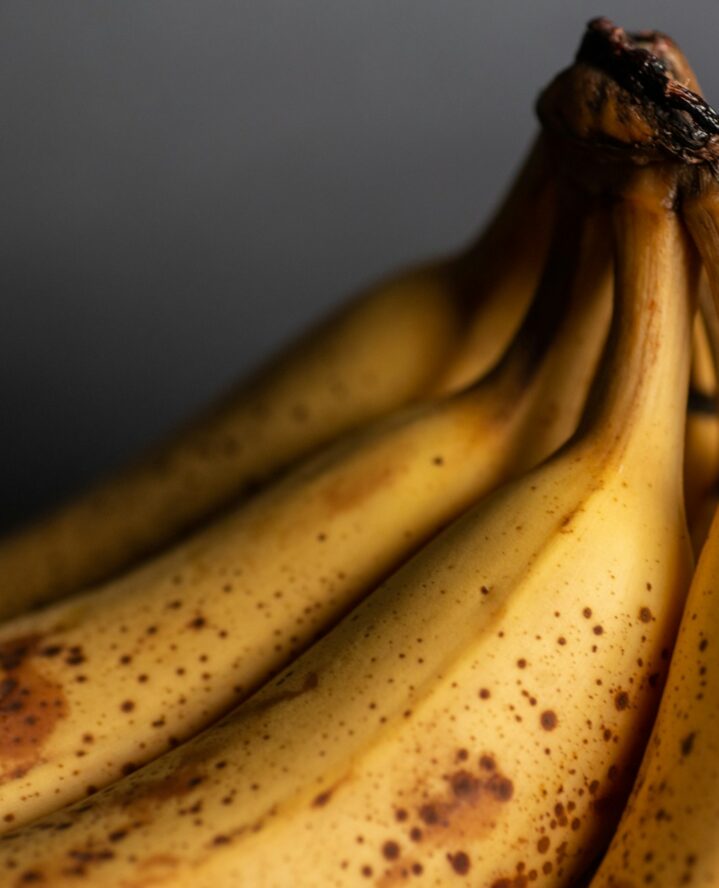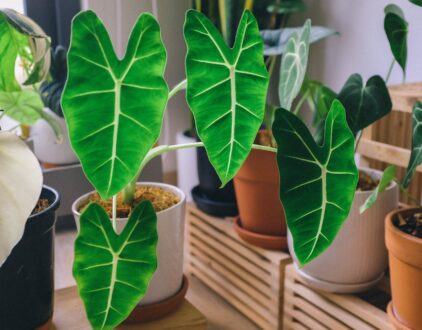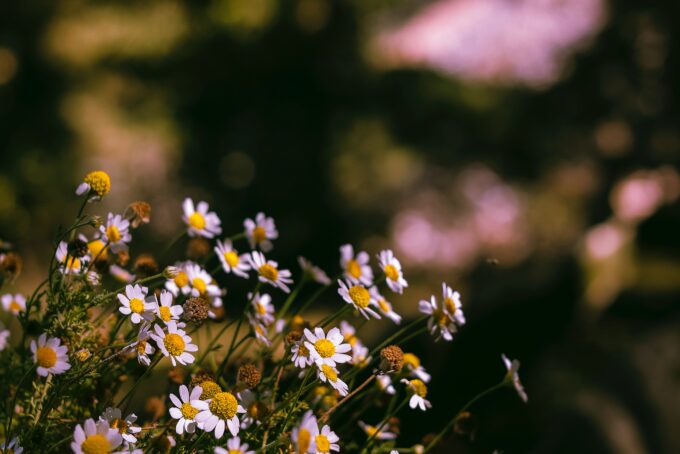A trend currently going around amongst home gardeners is using banana water for plants. Many have attested that adding the peel of bananas to water and letting it steep for a few days or, sometimes weeks, can infuse the water with nutrients provided by the banana that can then be added to your plants. It is also a great way to make use of the peels left over after eating bananas and to prevent food waste. Here is everything to know about using banana water for plants and how to make it yourself.
What is Banana Water?
Banana water or banana compost tea typically refers to a liquid that is derived from soaking or boiling banana peels in water. This process allows the water to absorb some of the nutrients present in the banana peels, creating a nutrient-rich solution that can be used as a fertilizer for plants.
Banana water for plants is often praised for its potassium content, which is an essential nutrient for plant growth. Potassium plays a vital role in various physiological processes, including the development of strong roots, flower and fruit formation, and overall plant health.
How To Make Banana Water for Plants
- Chop 2-3 banana peels into small pieces.
- Place the peels in a container and cover them with water.
- Let it steep for a few days, stirring occasionally.
- Strain the liquid and dilute it with water before using it to water your plants.
It is better to use specifically organic bananas as the peels of non-organic bananas are sprayed with synthetic pesticides, according to Lauren Landers for Reader’s Digest. You will know the banana water is done when the banana peels have turned black and darkened the water.
Is Banana Water Actually Good for Plants?
The answer to this question is not yet known scientifically. There is no widely recognized practice of using banana water for plants specifically. Plants can only absorb nutrients from organic materials like bananas that have been broken down by microorganisms. Adding bananas in water does not complete this process.
Nadia Hassani for The Spruce wrote, “Like most raw materials, banana peels should be composted because the process of decomposition is a necessary step for release of the beneficial nutrients. Water, by itself, is insufficient for releasing the potassium.”
Boiling the banana peels in water and then diluting it is believed to be a more effective way to use banana water for plants as it may help boost potassium levels, according to Makerere University College, Landers reported. However, there is still not enough evidence to definitively support this.
How To Make Banana Water by Boiling Banana Peels
- Gather 2-3 banana peels and cut them into small pieces.
- Place the banana peel pieces in a pot, cover them with water, and bring the water to a boil. Once it starts boiling, reduce the heat and let it simmer for about 10-15 minutes.
- Allow the water to cool down, and then strain the liquid to remove the solid pieces of banana peel.
- Dilute the strained liquid with water, typically at a ratio of 1:5 (banana water to water). This ensures that the solution is not too concentrated. Use the diluted liquid to water your plants.
Negatives To Using Banana Water for Plants
Using just banana water for plants will maybe give the plants a little potassium and nothing else. Excessive use of banana water or an accumulation of banana peels in the soil can lead to an over-concentration of potassium. This may disrupt the balance of nutrients in the soil, as plants require a mix of various nutrients for optimal growth. Too much potassium, without a balanced ratio with other essential nutrients, can lead to nutrient imbalances and negatively impact plant health.
Other Ways To Use Bananas for Plants
If you want to provide potassium to your plants, there are more conventional methods. You can use potassium-rich fertilizers or compost that includes banana peels. Banana peels decompose slowly and release nutrients, including potassium, into the soil over time in a compost.
Chop banana peels into small pieces and add them to your compost pile. Composting breaks down the peels, releasing nutrients into the compost. When the compost is ready, you can incorporate it into the soil to enhance its fertility. Compost improves soil structure, water retention, and nutrient availability.
However, the breakdown and availability of nutrients from banana peels can take time, so incorporating a variety of organic sources in a compost and being patient with the natural processes in the soil is key to promoting healthy plant growth.
popular posts
Garden
Spaces
Whether it’s luxury or ease, every area of your home should be as fabulous and unique as you.
FOLLOW ALONG ON INSTAGRAM
#homeandtexture
Find us on social for more home inspiration where culture, personal style, and sophisticated shopping intersect to help you create a home where you love to live.







